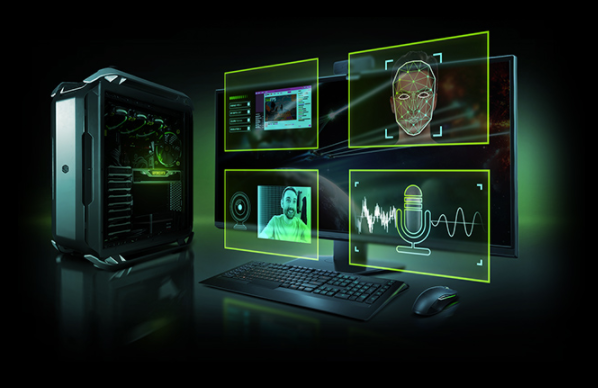
This week’s "In the NVIDIA Studio" artist: AuraProdsĪuraProds, a Spain-based 3D artist and filmmaker, is the star of the 50th edition of "In the NVIDIA Studio". It is then no wonder that NVIDIA is a go-to for many content creators.

All this awesome computing power is accompanied by NVIDIA Omniverse, a platform where creators can connect their 3D apps and collaborate in real time. This platform supercharges over 110+ creative apps by accelerating their most computationally intensive aspects with the power of RTX GPUs, all while providing lasting stability with NVIDIA Studio Drivers.

The NVIDIA Studio platform, which is a hardware and software ecosystem combining the latest advancements in graphics cards, laptops, drivers, creative software, and more to craft a game-changing experience for content creators. And when talking about the right tools for a 3D job, NVIDIA is the first name that comes to mind, not the least thanks to their NVIDIA Studio Platform and NVIDIA Omniverse. While the tools don’t make the (blender) artist, they sure can help unlock creativity and new workflows by removing any friction with the content creation process, as well as giving access to next gen tools to push the barrier of what is possible as an individual or a small team. Furthermore, Blender 3.5 adds support for Vector Displacement Maps in sculpt mode, allowing the creation of complex shapes with overhangs in one brush dab, which can significantly streamline the sculpting process. This enhancement enables users to quickly and easily create hair, fur, or grass, and access a library of hair assets from the Asset Browser.

With the first iteration of this feature now available, users can expect even more advancements in the future.īlender 3.5 also boasts an upgraded hair system and built-in hair assets, powered by Geometry Nodes. This speed and performance is unlocked by virtue of the viewport compositor being a fully GPU based re-write, leveraging graphics hardware to do what it does best, at blazing speed. The viewport compositor applies the compositing node tree directly to the viewport, offering an entirely new level of interactivity and novel workflows for creators. Without and with Light Tree enabled at equal render times Viewport CompositorĪnother groundbreaking feature in Blender 3.5 is the debut of the viewport compositor, part of the real-time compositor project.


 0 kommentar(er)
0 kommentar(er)
